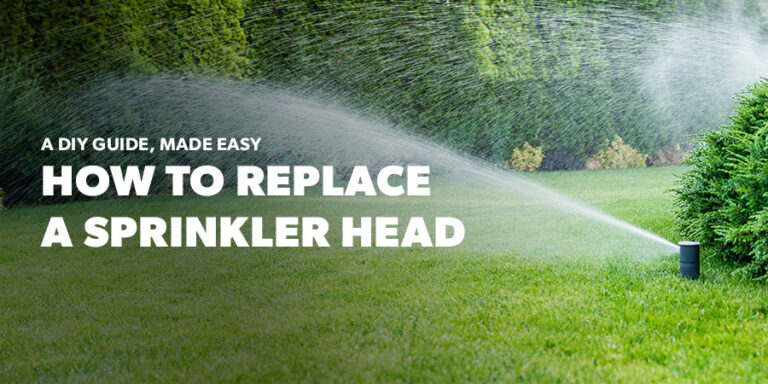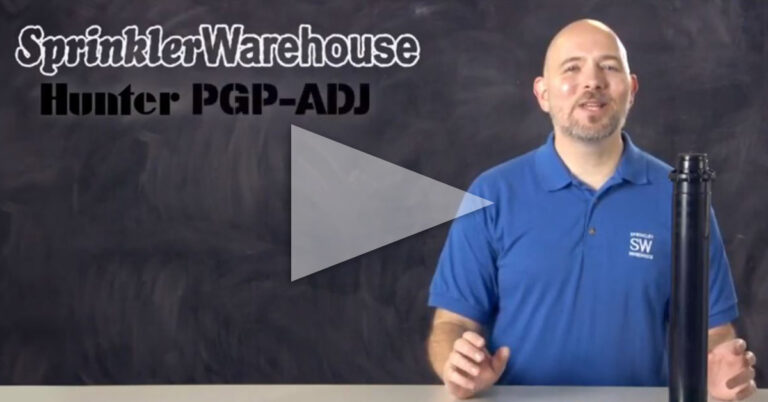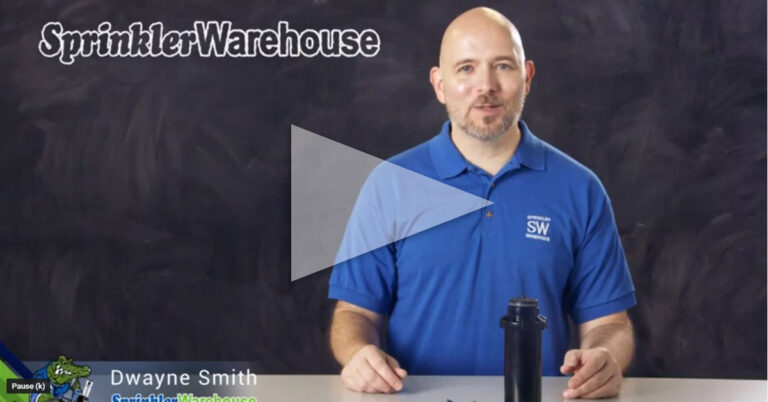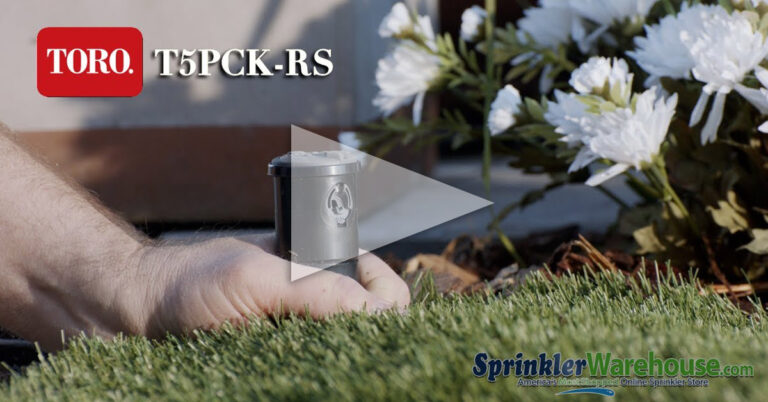Adjusting An Irrigation Spray Head
The ability to adjust sprinkler heads allows you to provide every bit of your lawn or garden with the coverage it needs to thrive. It also helps prevent overspray, which means wasting water by spraying sidewalks or other hard surfaces.
- Turning the radius-reduction screw on the top of the nozzle lets you reduce the radius by up to 25%.
- If your heads are spraying onto sidewalks or walls, or if they are not watering your lawn evenly, it is time to adjust the water pattern.
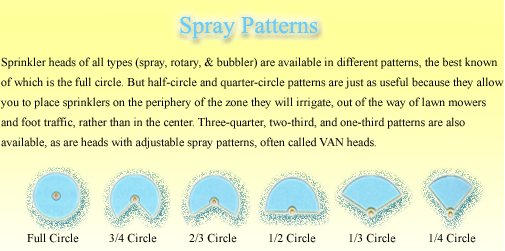
Follow These Steps:
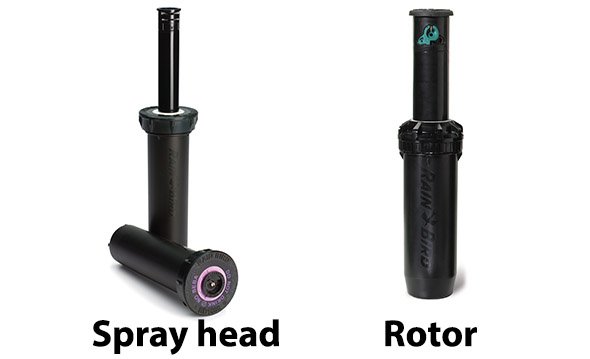
1. You will first need to determine if the sprinkler has a stationary spray nozzle or is a rotor head since the adjustment procedure is not the same for both. At the top of a stationary spray head nozzle, you will find a small radius adjustment screw.
2. Align the nozzle in such a way to keep the spray on your lawn. If the spray head is creating too much mist, try closing the adjustment screw slightly. A clockwise turn or two should reduce the misting by lowering the water pressure inside the nozzle. The screw can be closed considerably without reducing the spray distance.
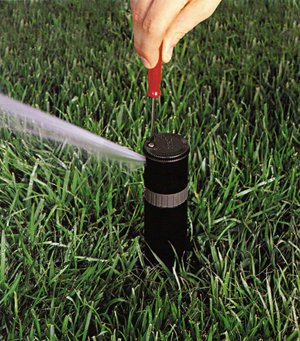
3. If the irrigation head is a rotor, you will need to properly set the spray arc and radius. This determines how far the irrigation head turns while on and how far it will spray. Rotor nozzles are held in place with a setscrew located on the side of the stem. Since the method of adjusting rotor nozzles varies from manufacturer to manufacturer, follow their instructions when making these adjustments.
4. Whether dealing with stationary spray heads or rotor nozzle sprinklers, make sure that each irrigation head sprays over to the next irrigation head, in every direction. Although this may seem to be a waste of water, this is actually the optimal method of coverage.
5. If after making adjustments to the sprinkler head, you still can’t get head-to-head coverage, your heads may be spaced too far apart. At this point, you may need to contact an irrigation specialist to help determine a solution. In the meantime, we recommend increasing the sprinkler operation time to attempt to make up for the lack of coverage.
























